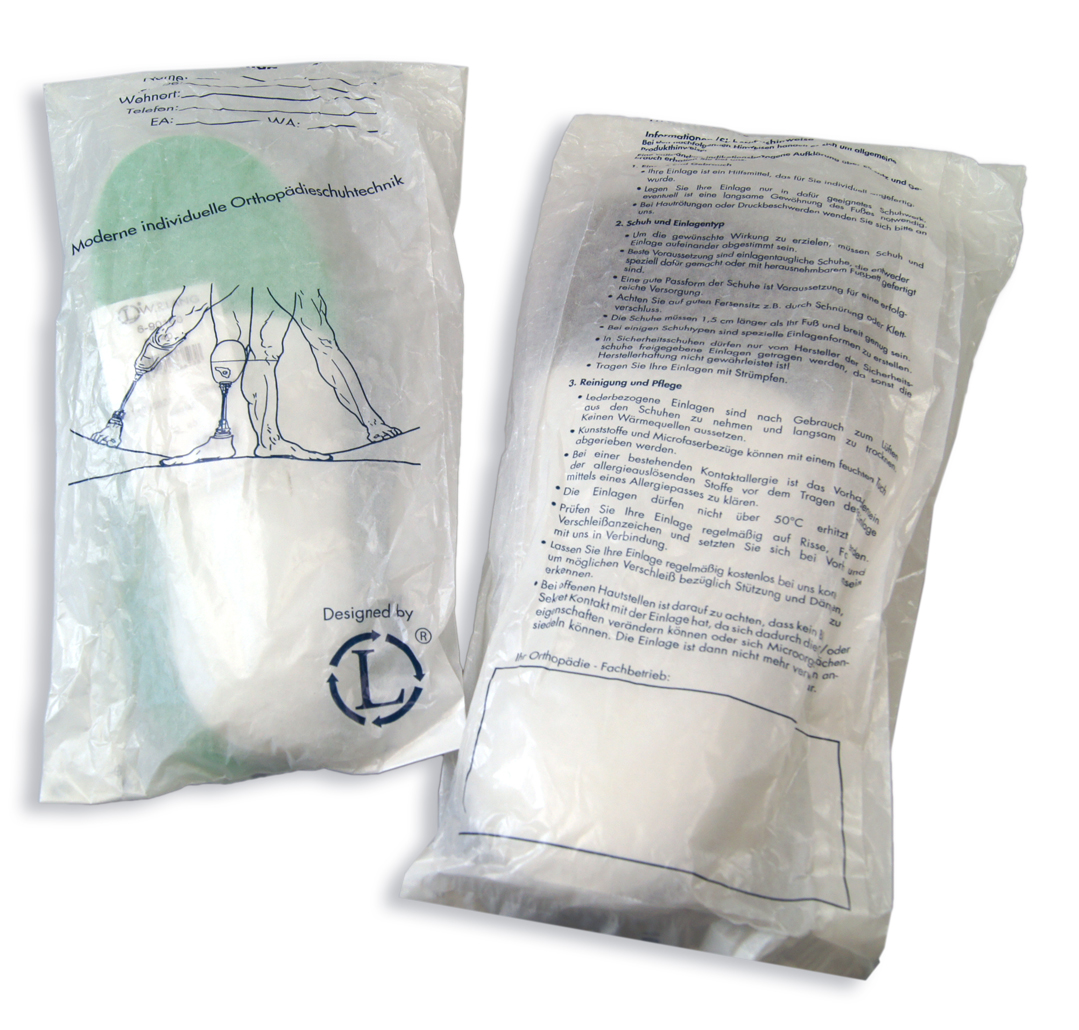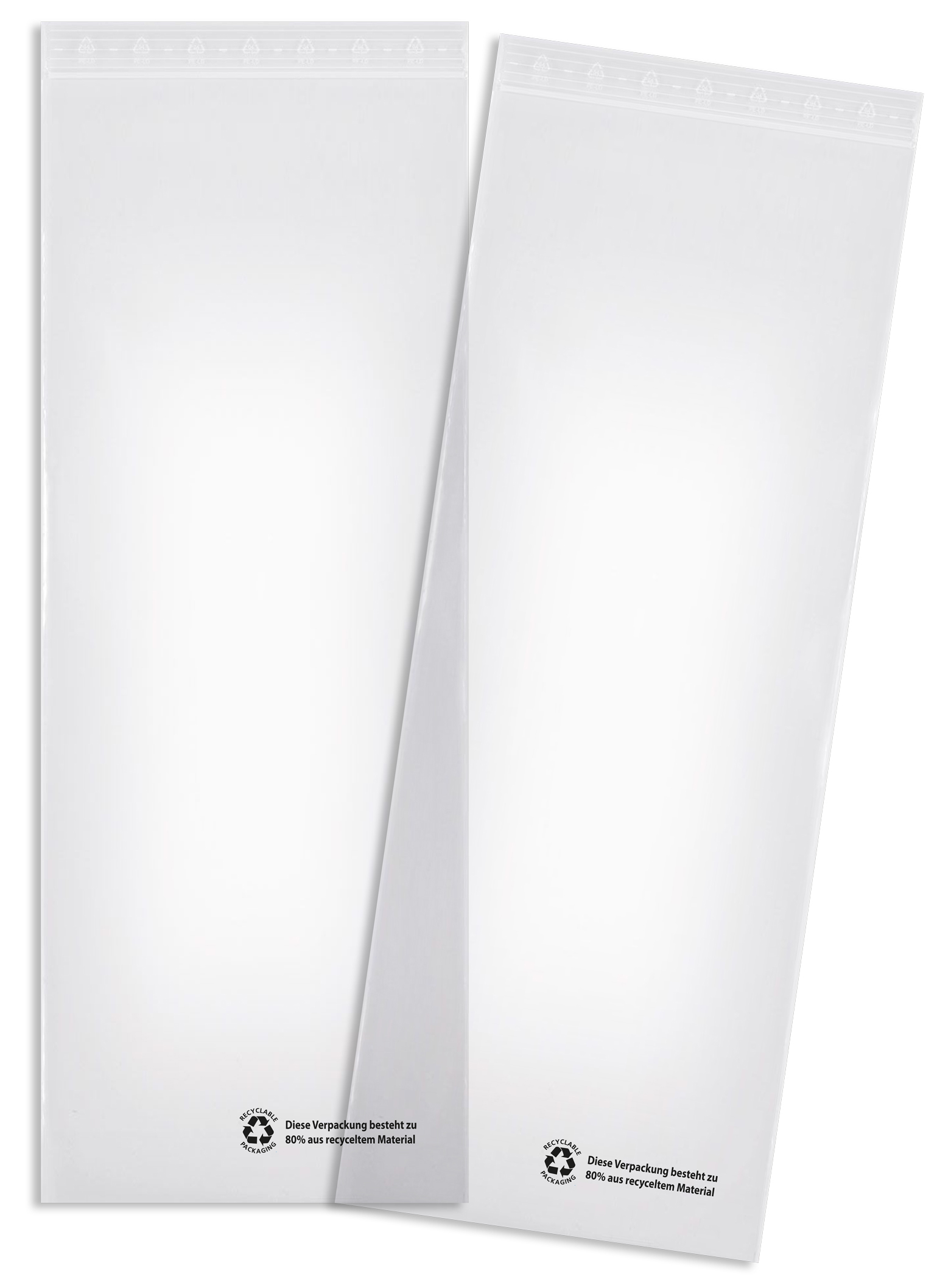We have changed the packaging for the production of our insole blanks
Since the beginning of 2021, we have been shipping our insole blanks in environmentally friendly paper bags.

Paper is made from renewable wood, while the plastics we used to package our insole blanks are made from finite petroleum.
So everything is clear, isn’t it?
Unfortunately not, because you have to differentiate:
- Does the wood come from sustainable forestry?
- Is the plastic used recyclable?
- Can the end product be recycled?
- How much energy does the production process consume?
The fact is that paper packaging is up to twice as heavy as plastic alternatives for the same tear strength. At the same time, they offer only limited product protection. Most importantly, paper requires significantly more energy, water and chemicals to produce.
In addition, paper bags have not proven to be very suitable for us in practice. The bags are difficult to store. But the most important reason is: You can’t really see the contents. You can tell which model is in the bag by looking at the label. However, with over 500 different models now available, it is very time-consuming to always read the label. Or you would even have to open the bag to check the contents.
We always strive to work to the complete satisfaction of our customers. That’s why we went in search of a better solution that is also sustainable. And we have found it!

We will gradually pack our produced insole blanks in flat bags made of recycled LD-PE. These bags have a pressure seal, are transparent and, of course, reusable.
This is because recycling technology for plastics continues to develop and the supply of recycled plastics is growing. Biologist Isabell Kuhl’s unequivocal vote:
“At present, so-called monoplastics are the most sensible alternative for many products. These can be recycled well, require comparatively little energy and combine excellent packaging properties.”
https://www.alnatura.de/de-de/magazin/oekologisch-sinnvolle-verpackung/verpackungsmythen_papier-ist-besser-als-plastik/?fbclid=IwAR0u_Nnta927xsIbyQ9Nwn6PZ_NYJ5-1SN_jYveZBesBq1hRj2tTBA5rbEo
We have thus found a compromise for our packaging of insole blanks between sustainability and practicality.
A little information about PE (polyethylene / polyethylene)
PE has these properties:
Polyethylene has a high density to water vapor and grease. It is also resistant to cold and welds very well. Since it can be easily processed into a film, it is often used for foils. LD-PE is also very easy to recycle.
In contrast to HD-PE, LD-PE has a low density (high pressure). This makes the material translucent and clearer than HDPE. At the same thickness, it is less tear-resistant than HDPE. It hardly tears further if it gets a crack. LD-PE is a high-quality, smooth and glossy film that is also soft. Another advantage: LD-PE is very recyclable.
Read what else we do for the environment:
